What is a Solana Bridge?
A Solana bridge is a tool or protocol that allows users to transfer assets between the Solana blockchain and other blockchain networks. It acts as a connector, enabling users to bridge their tokens across different blockchains seamlessly. Solana bridges are an essential component of the Solana ecosystem, providing users with increased liquidity and access to a wider range of assets.
Benefits of Using Solana Bridges
Using Solana bridges comes with several advantages for users:
Access to a Wider Range of Assets
Solana bridges enable users to access assets from multiple blockchain networks, such as Ethereum, Avalanche, and more. This allows users to tap into different DeFi protocols and take advantage of the various opportunities available in the decentralized finance space.
Increased Liquidity
By bridging assets to Solana, users can take advantage of the liquidity available on the Solana blockchain. This opens up opportunities for users to participate in various decentralized exchanges, lending platforms, and other financial applications that operate on Solana.
Potential for Lower Fees (on some bridges)
Some Solana bridges may offer lower fees compared to traditional transfers on Ethereum or other blockchains. This can benefit users who want to minimize transaction costs and maximize their returns when moving assets.
Popular Solana Bridge Options
Here are some of the most popular Solana bridge options in 2024:
Portal Bridge (previously Wormhole)
Portal Bridge, formerly known as Wormhole, is a decentralized bridge protocol that allows users to transfer assets between Solana and other blockchain networks like Ethereum. It supports a wide range of assets, including tokens, NFTs, and more. Portal Bridge is highly secure and offers fast transfer speeds, making it a popular choice among Solana users.
Allbridge
Allbridge is a multi-chain interoperability platform that enables users to bridge assets between different blockchains, including Solana. It aims to provide a seamless and secure experience for bridging assets, with support for various tokens. Allbridge also facilitates cross-chain liquidity and interoperability, allowing users to maximize their options when it comes to utilizing assets.
RenBridge
RenBridge is a popular decentralized bridge that supports the transfer of assets between Ethereum and Solana. It focuses on enabling users to bring their assets from Ethereum to Solana, and vice versa, without losing their underlying value. RenBridge leverages RenVM technology, which is known for its security measures and verifiability.
Other Notable Bridges
- WormholeX: A cross-chain bridge that allows users to bridge assets between Solana and Ethereum. It aims to provide a simple and secure experience for users who want to unlock the potential of cross-chain transactions.
- Shuttleflow: A decentralized bridge that enables users to transfer assets between different blockchain networks, including Solana. It supports a wide range of assets and focuses on providing a seamless user experience.
Choosing the Right Solana Bridge for You
When selecting a Solana bridge, it’s important to consider the following factors:
Supported Blockchains
Check which blockchains are supported by the bridge you are considering. Ensure that the bridge supports the blockchain you want to bridge your assets to or from, such as Ethereum or Avalanche.
Supported Assets
Different bridges may support different assets. Ensure that the bridge you choose supports the specific tokens you want to bridge. It’s crucial to verify if the assets you want to bridge are compatible with the bridge’s smart contract.
Fees
Consider the transaction fees associated with using the Solana bridge. Some bridges may charge a flat fee, while others may have a percentage-based fee. Additionally, consider any potential gas costs associated with the bridge.
Security Features
Evaluate the security features of the Solana bridge. Look for bridges that have a robust architecture and have undergone security audits by reputable third-party firms. Consider the track record and reputation of the bridge operator.
Security Risks of Solana Bridges
While Solana bridges provide convenient asset transfers, it’s important to be aware of the potential security risks involved:
Bridge Exploits
There is a risk of hackers exploiting vulnerabilities in the bridge protocol, potentially leading to the loss or theft of funds. Ensure that the bridge you choose has a strong security track record and is regularly audited for vulnerabilities.
Smart Contract Vulnerabilities
Smart contracts underlying Solana bridges could contain bugs or vulnerabilities that could be exploited. The bridge’s smart contract should undergo extensive testing and audits to reduce the likelihood of such vulnerabilities.
FAQ
What are some of the emerging trends in Solana bridge technology?
- Integration with Layer 2 solutions to improve scalability and reduce transaction costs.
- Enhanced security measures, such as multi-signature wallets and increased decentralization of bridge operators.
- Cross-chain interoperability protocols to facilitate seamless asset transfers across multiple blockchains.
How do I ensure a smooth and secure transfer of my assets across bridges?
To ensure a smooth and secure transfer of assets across Solana bridges, consider the following:
- Double-check the address and transaction details before initiating the transfer.
- Use hardware or software wallets with robust security measures.
- Stay updated about the latest security practices and potential bridge vulnerabilities.
Are there any limitations to the amount I can transfer via a Solana bridge?
Some Solana bridges may impose limits on the amount you can transfer due to liquidity constraints or security measures. Check the specific bridge’s documentation or website for any limitations or restrictions.
What are the alternatives to using bridges for transferring assets to Solana?
Aside from using bridges, you can also explore alternative methods for transferring assets to Solana, such as:
- Using decentralized exchanges that have native support for Solana.
- Minting or creating assets directly on the Solana blockchain.
- Utilizing cross-chain swapping services that do not require traditional bridge mechanisms.


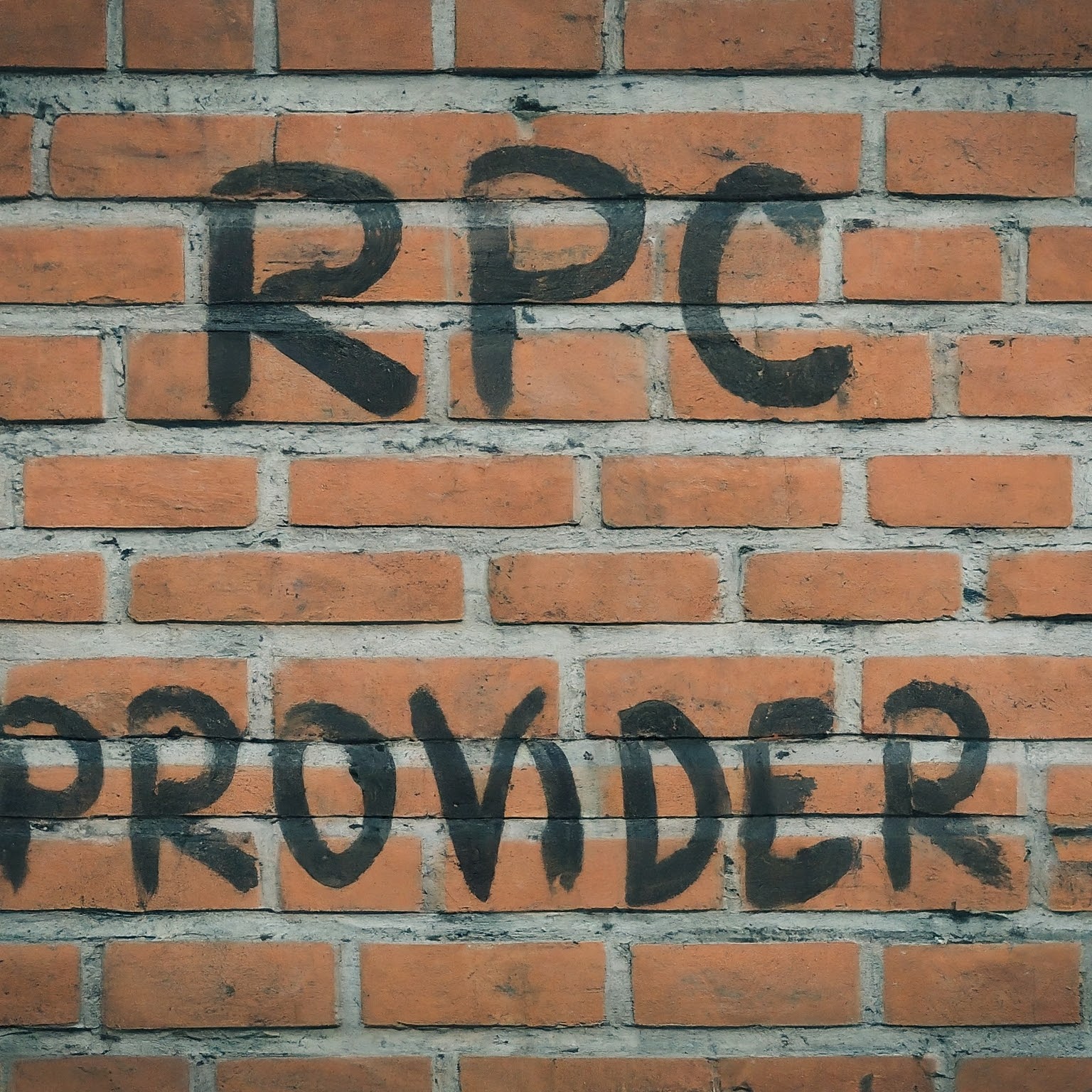
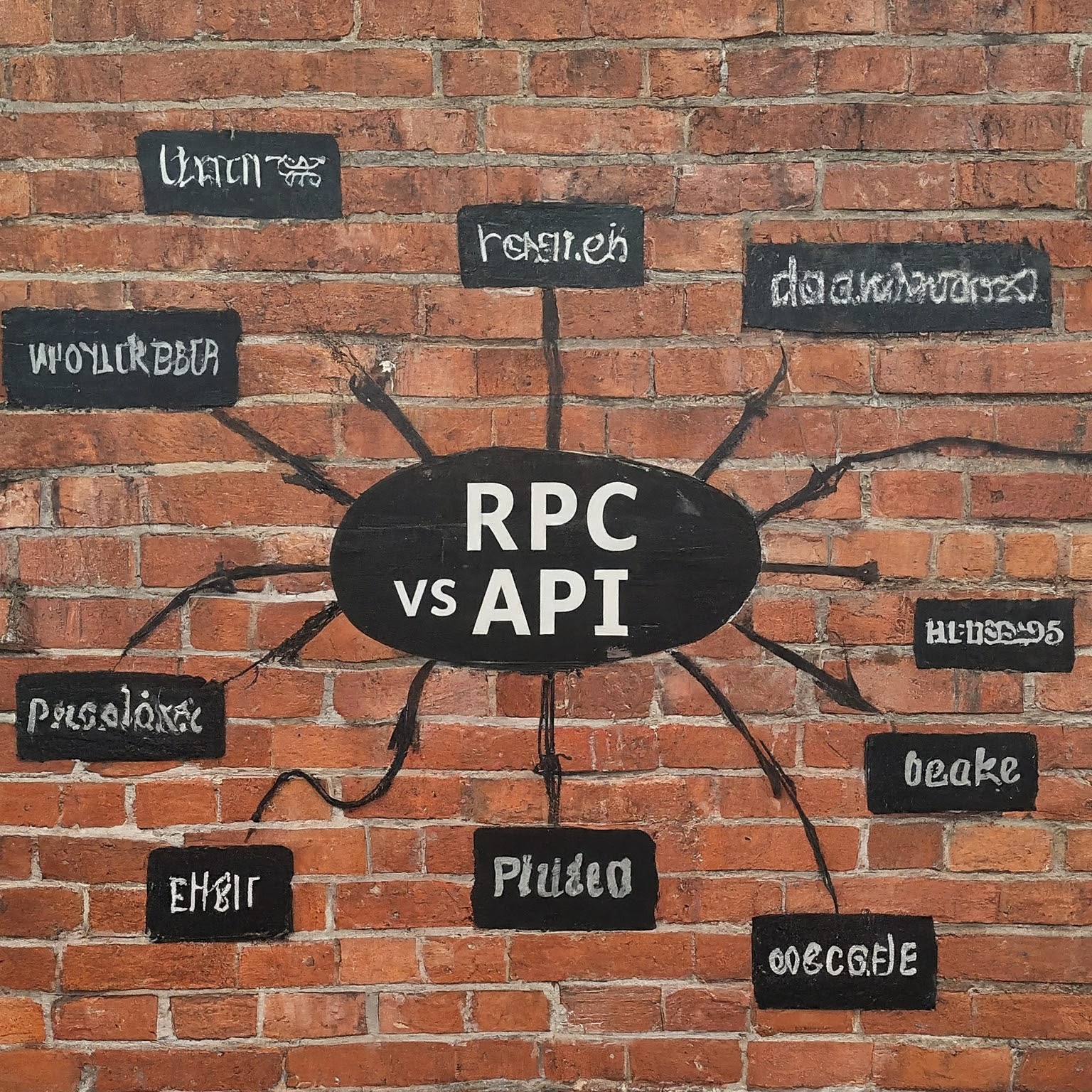
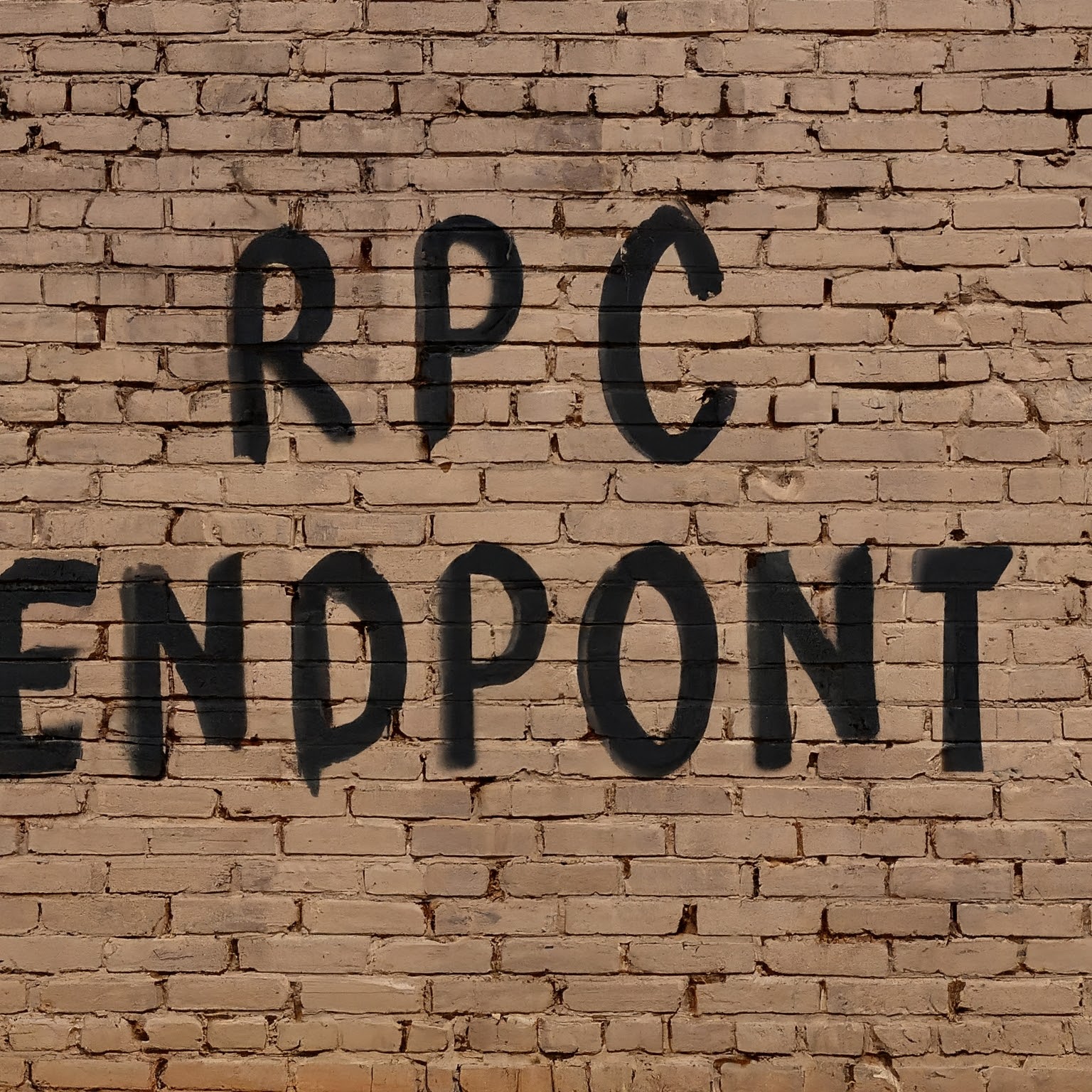

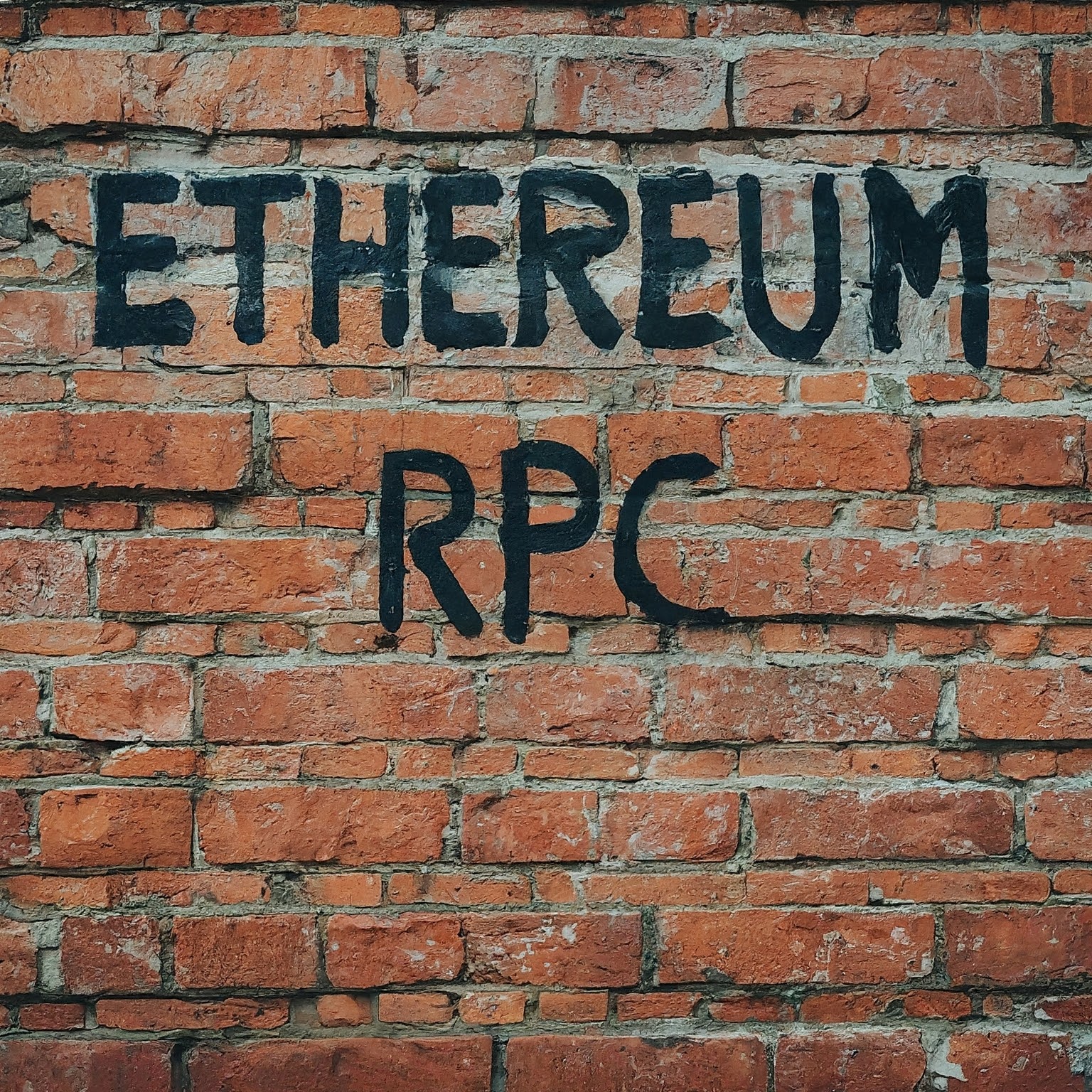

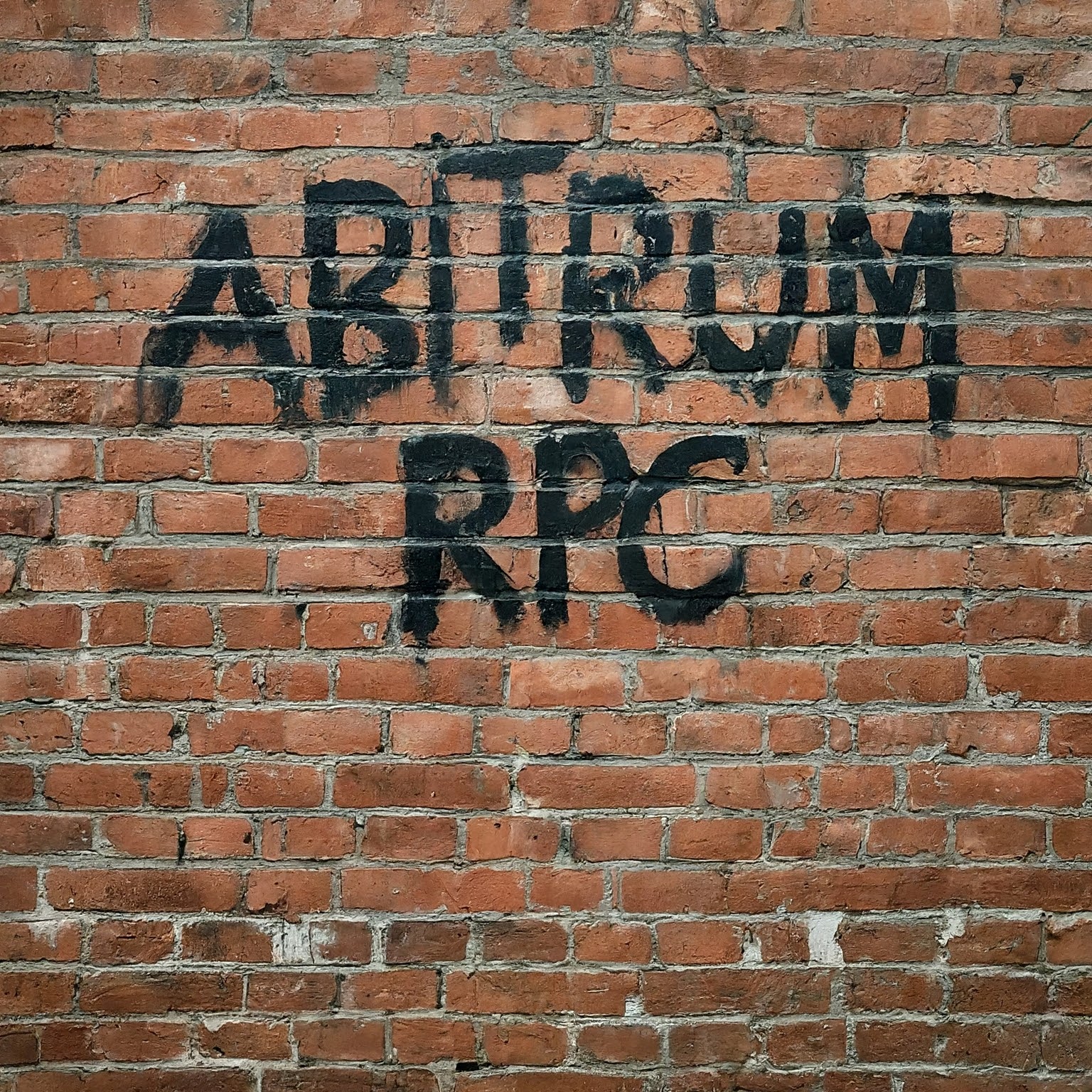

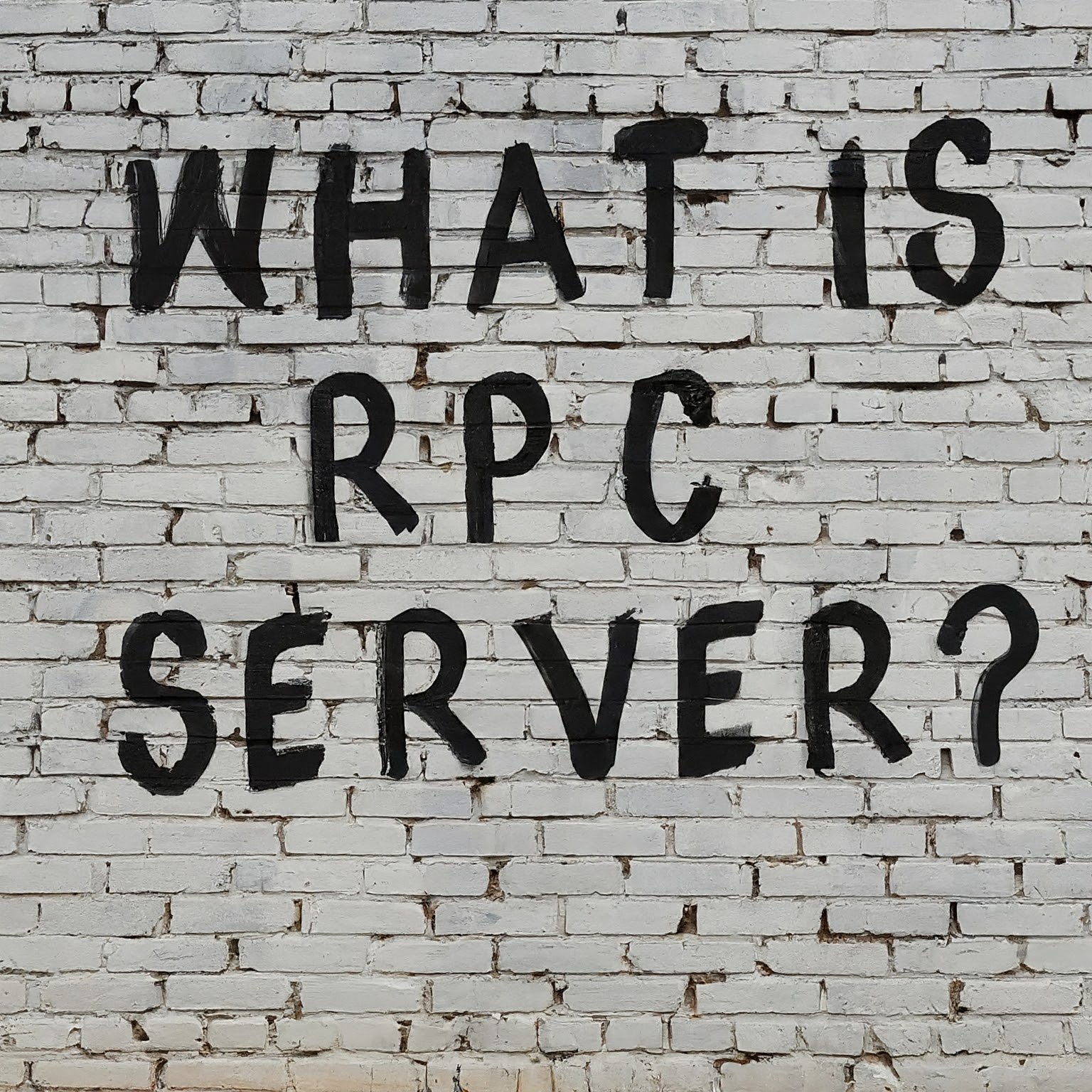

Leave a Reply
You must be logged in to post a comment.